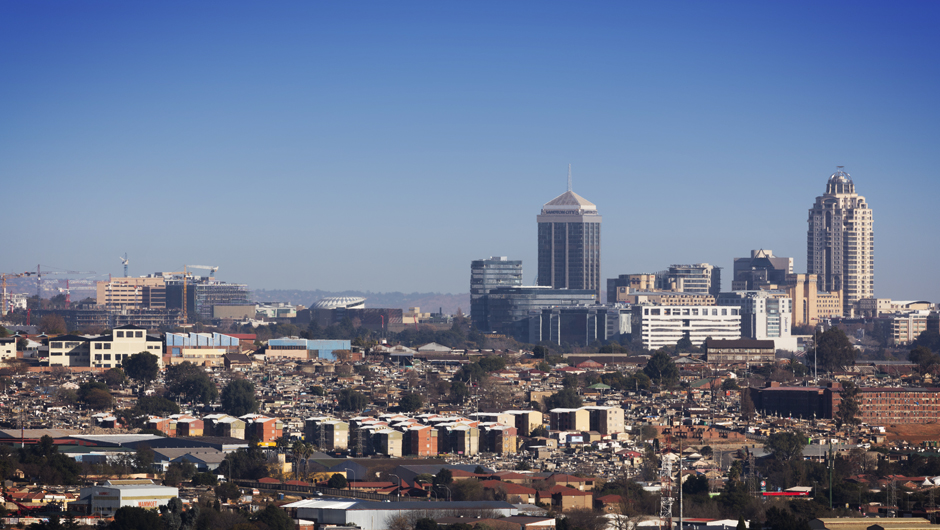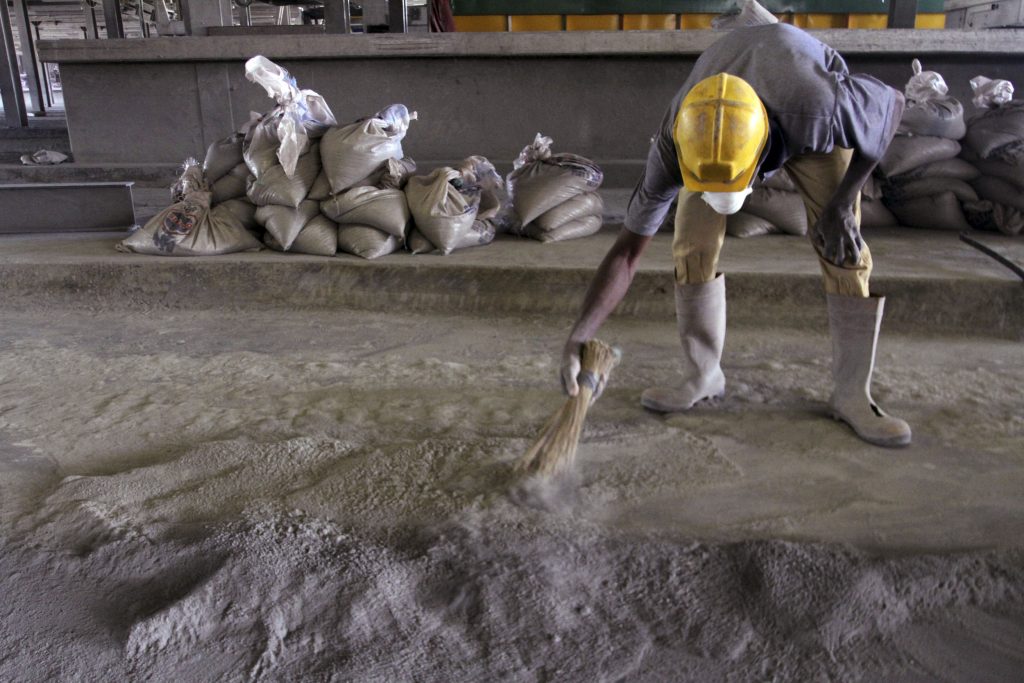FX risk reins in growth for African companies

Companies in Africa are reporting record growth, but FX risk is a unique challenge in the region and can be costly to manage.
In the past two years, some of the continent’s 41 currencies have lived up to their volatile reputation. The South African rand, for example, has fluctuated by around 34 per cent to the dollar since January 2017, while the Angolan kwanza lost half of its value last year.

This currency volatility is a risk that can work both ways for companies based in Africa. Dangote Cement has operations in at least 10 African countries. Roughly two-thirds of the company’s revenues are produced in Nigeria but the remaining third comes from other African nations, exposing the group to exchange rates between the naira and other African currencies.
Last year, the rates went in Dangote Cement’s favour. In its Q3 statement it said: “Despite the volumes remaining broadly constant, pan-African revenue increased by 11.7 per cent to NGN 214.3 billion ($2.75 million) … mainly as a result of foreign exchange gains when converting the sales from local currencies into naira.” But, on the downside, foreign exchange rates also drove up the company’s manufacturing costs and its administration expenses.
For TV and broadcasting company MultiChoice Group, which is owned by media conglomerate Naspers, FX exposure had significant impact on revenue growth. The company reported a 7 per cent increase in revenue in local currency compared to just 3 per cent in home currency, with revenues of $1.8 billion during the six months to 30 September 2018. FX risk also turned a 6 per cent increase in local currency profit into a 10 per cent profit decrease in home currency.
Last year it reported FX losses of R74 million ($15.7 million), due to exchange rate movement on cash balances. The problem is the group’s payment obligations for transponder leases and programming contracts, denominated in dollars. Any decrease in the dollar-rand rate makes dollar obligation more expensive to meet with local currency revenues.

African currencies have also brought big forex losses for some of the continent’s other major corporates, including food retailer Shoprite Holdings. With outlets in 14 countries, Shoprite’s main markets outside South Africa are Angola, Nigeria and Zambia. But translating its local currency revenue back to rand proved a real challenge. In fact the group recorded an exchange rate loss of R251 million for the financial year ending in July 2018, reducing its R34 billion earnings by more than 3 per cent. It said this was mainly attributed to the rand losing value against the dollar but exposure to the kwanza also took a toll.
FX hedging strategies
Another challenge facing these corporates is the strict FX controls in many African countries, which restrict the transfer of cash out of the country. Although the South African Reserve Bank has gone some way to liberalising foreign exchange restrictions for resident businesses, there are still complex regulatory and documentary requirements associated with moving money out of the country.
This means that companies are often left with no real option but to manage local currency FX risks in Africa as best as they can. So how do they do this? MultiChoice’s entities use forward exchange contracts to hedge their exposure to foreign currency risk in connection with their functional currencies, while the net position for major foreign currencies is hedged at a group level. According to the March 2018 annual report of MultiChoice Africa, the entity had $704 million of dollar exposures hedged with rand-dollar forwards, and $1.3 billion left unhedged.
According to Shoprite’s last financial statement, its hedging strategy in Angola included the purchase of R2.4 billion of US$ index-linked Angola government bonds and Angola Treasury Bills. With what Shoprite called a ‘hyperinflationary’ environment in Angola, the investments yielded an income of R151 million, helping to offset the FX losses.
Dangote Cement, on the other hand, does no hedging at all for its exposures between the naira and other African currencies, perhaps preferring to put faith in natural hedges. The group benefited from an exchange gain in its Nigerian operations during the first nine months of 2018 stating: “These exchange gains were partially offset by the exchange losses in our Pan-African operations that use the CFA as the functional currency, resulting in a net exchange gain of NGN2.1 billion.”
MultiChoice, Dangote and Shoprite declined to comment further.
